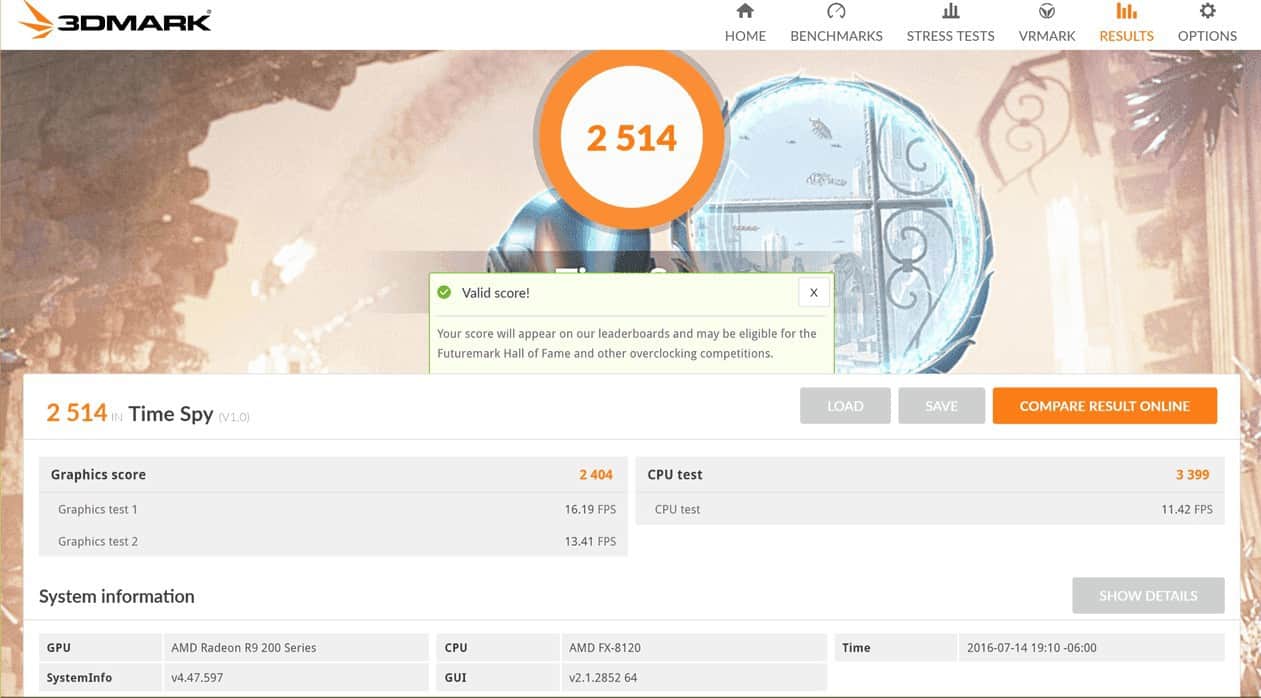

The Analyze Mode in CodeXL provides the Statistics View, which can be used to gather useful statistics regarding the GPU usage of kernels. Once the trace data has been used to discover which kernel is most in need of optimization, you can collect the GPU performance counters to drill down into the kernel execution on a GPU device.

You can find the list of performance counters supported by AMD Radeon™ GPUs in the CodeXL documentation. This information can be used to find possible bottlenecks in the kernel execution. You can confirm that the application has been using the hardware efficiently.įor example, the timeline should show that non-dependent kernel executions and data transfer operations occurred simultaneously.ĬodeXL also provides information about GPU kernel performance counters. It can be hard to find this type of synchronization error using traditional debugging techniques. For example, if kernel A execution is dependent on a buffer operation and outputs from kernel B execution, then kernel A execution must appear after the completion of the buffer execution and kernel B execution in the time grid. You can confirm that synchronization has been performed properly in the application. The Timeline View lets you easily confirm that the high-level structure of your application is correct by verifying that the number of queues and contexts created match your expectations for the application. The Timeline View can be useful for debugging your OpenCL application.
OPENCL BENCHMARK TOOL WINDOWS HOW TO
For information about how to use CodeXL to gather performance data about your OpenCL application, such as application traces and timeline views, see the CodeXL home page. This information is used to discover bottlenecks in the application and find ways to optimize the application’s performance for AMD platforms.ĬodeXL 1.7, the latest version as of this writing, is available as an extension to Microsoft® Visual Studio®, a stand-alone version for Windows, and a stand-alone version for Linux.įor a high-level summary of CodeXL features, see Chapter 4 in the AMD OpenCL User Guide. HIP-Supported CUDA API Reference Guide v4.5ĪMD’s CodeXL is an OpenCL kernel debugging and memory and performance analysis tool that gathers data from the OpenCL run-time and OpenCL devices during the execution of an OpenCL application.AMD Instinct™ High Performance Computing and Tuning Guide.ROCm™ Learning Center and Knowledge Base - NEW!!.New AMD ROCm Information Portal for ROCm v4.5 and Above.We also provide a detailed study of a set of nine benchmarks, by compiling them to both GPU and two distinct CPUs and comparing their performance. In this paper we describe the structure of our prototypical treatment of this research direction, demonstrating the applicability of our approach by showing how to bridge between APIs by extending the Repa library of Haskell with an offload primitive, and detailing an experimental implementation of our approach within the Intel Labs Haskell Research Compiler (HRC). We question this design choice, and argue that by directly implementing a GPGPU offload primitive as part of a general-purpose language compiler, we gain access to a substantial number of existing optimisations without having to reimplement them in a DSL compiler.
OPENCL BENCHMARK TOOL WINDOWS CODE
For the most part, existing approaches to programming GPGPUs within a high-level programming language choose to embed a domain specific language (DSL) within a host metalanguage and implement a compiler mapping programs written within said DSL to code in low-level languages such as OpenCL and CUDA. In light of recent hardware advances, General Purpose Graphics Processing Units (GPGPUs) are becoming increasingly commonplace, and demand novel programming models to account for their radically different architecture.


 0 kommentar(er)
0 kommentar(er)
